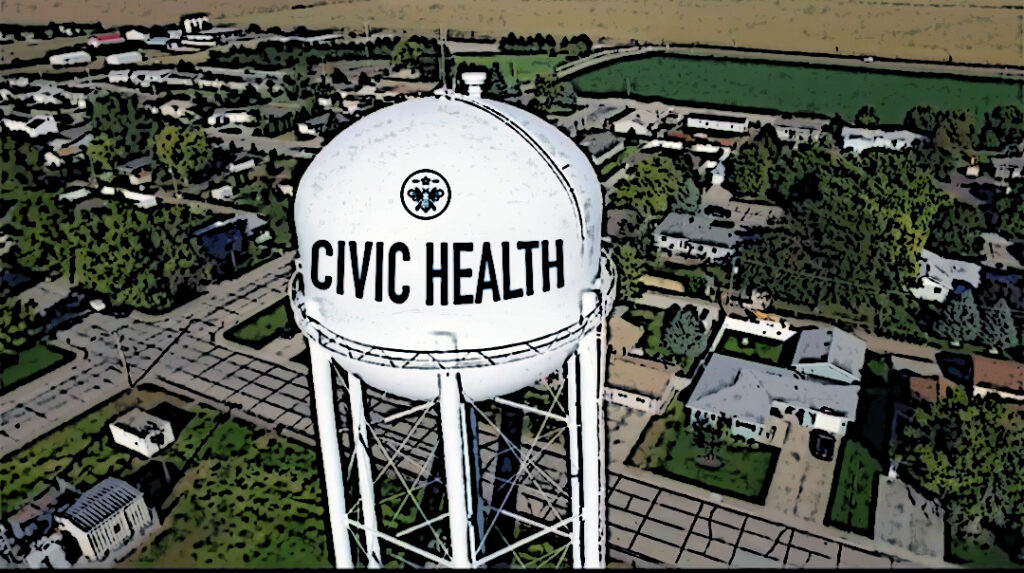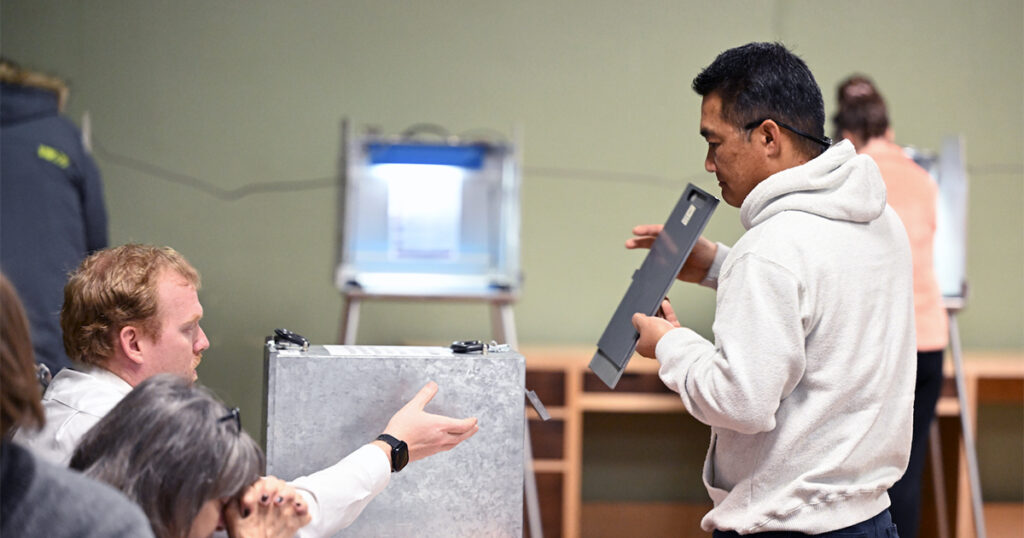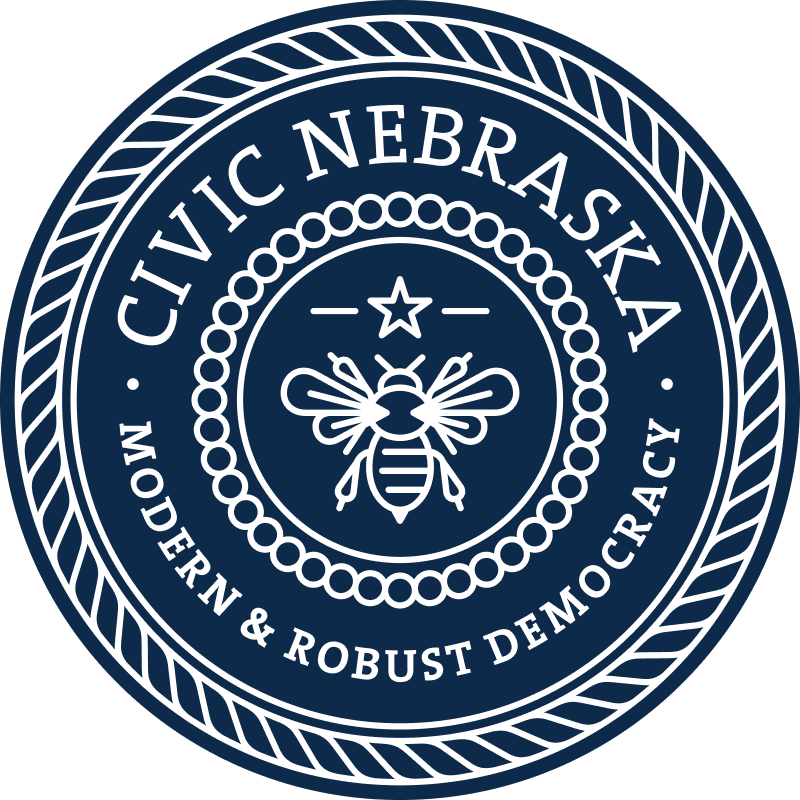Rural Civic Health: Civic Readiness
Assess the civic readiness of your small group and your community to make progress on a particular issue or project.
Small group setup
Establishing functional structures, processes, and relationships within the core group that will do the bulk of the work.
Key features: Relationship-building, establishing communication and meeting protocol, and how to bring in new members.
Good for when: Forming a group for the first time or regrouping around a new purpose.
Organizer goals:
To bring together a group that gels, works well together, and represents the people and interests affected by the project. To lay the groundwork to help the group stick together to keep things moving forward.
Organizer key questions:
›› How can we help this group build authentic relationships with one another?
›› Which interests/expertise/groups should be represented in the core team?
›› What norms and expectations will help our core group work together effectively?
If this is weak:
Your effort may lack structures, processes, and relationships within a core group. If not addressed, it may be hard to sustain the effort in the long term, or outreach and involvement may be difficult for groups not represented within the core team. Strategies to build rapport among the core team, boost representation and connection with underrepresented community groups, and setting clear expectations and procedures for communication can help you form a group that will carry the work through to completion.
If this is strong:
Your core group structures and relationships are strengths that will help you engage the community and work effectively toward your goals. Strong relationships can help your group have real conversations that value diverse perspectives. Solid group structures will help you stay on track, keep everyone informed, and involve the full wisdom of the group in decision-making.
Resources for small group setup:
›› Printable civic readiness assessment guide
›› Go beyond ice-breakers to help the group build connections with one another. Consider using a process like Civity to build relationships and understanding.
›› Utilize the Census or Economic Profile System to understand the true demographics of your town or neighborhood.
›› Use the Communication Blueprint to discuss how your group would prefer to keep in touch and get together.
Network mapping
Identifying and understanding the people and groups within the community.
Key features: Brainstorming community networks, identifying genuine connectors and communication channels, and broadening acceptance of who should be involved.
Good for when: Starting a new project, when group knowledge of the full diversity of the community is limited, or residents’ gifts and talents are underutilized.





